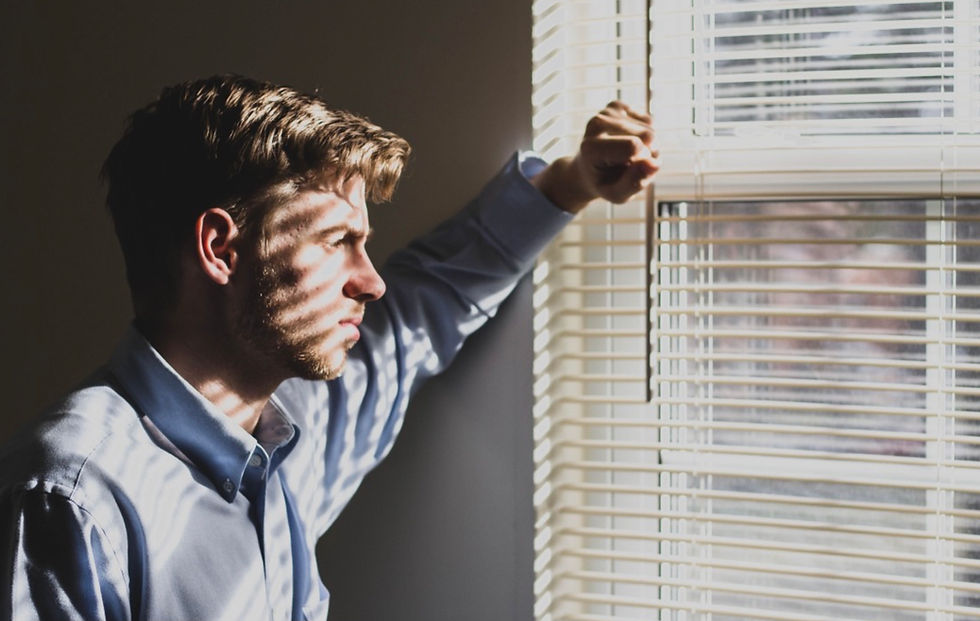CriticalArc - Mental Health: An Epidemic for Universities
- Admin
- Jul 15, 2021
- 3 min read
For the past eighteen months, most of us have been understandably laser focused on the COVID pandemic. But in the background, a new epidemic was developing – mental health…specifically the mental health of a new generation of students attending colleges and universities. Even before COVID, the Institute for Public Policy Research (IPPR) reported that there had been a fivefold increase in the number of students who disclosed a mental health condition to their college or university over the past decade. But as you might imagine, students’ mental health conditions suffered greatly during COVID. In the US, 65% of university students rated their mental health as “fair” or “poor”.
When you consider the pressures students are under, it’s easy to understand why such a high proportion of students experience mental health challenges. First year students struggle with being away from home and coping with missing family and friends. First year students struggle with being away from home and coping with missing family and friends. These young adults are in an unfamiliar setting, looking to forge new friendships and relationships and face an unstructured environment, including widespread access to alcohol and drugs.
Achieving a high enough GPA to maintain scholarships, graduate, and qualify for further graduate level studies adds additional social and financial challenges. Beyond tuition, students struggle with how to afford adequate housing, healthcare, technology, and food. One survey of 195,000 students in the US found that 29% at four-year colleges experience food insecurity, and 48% of students experienced housing insecurity, including 14% affected by homelessness.
And universities can’t help students if they don’t know they need help. In the UK, a survey reported that just over half of students told their university about their mental health condition. [25] Unfortunately, not all students who inform their university actually seek mental health support. In fact, one study found only 20% sought mental health support. That means Universities are only treating approximately 10% of those struggling with mental health (0.5 * 0.2 = 0.1).
Keep in mind that some students with mental health challenges have not yet been diagnosed as such. But for those that are self-aware, the following are among the more common reasons for which students do not seek treatment: 1) Negative stigma; 2) Uncertain How to Get Help; 3) Challenges with accessibility.
Frequently, students report they were embarrassed to admit they needed help and as a result, hesitant to ask for assistance. Despite campaigns by university student wellness teams, 45% of students said, “Most people would think less of someone who has received mental health treatment.
More than half of students said they would not know where to go if they or someone they knew needed professional mental health services right away, according to an Active Minds survey. [8
Once students do access counseling services, several have complained about limits on the number of times they can see a mental health professional on campus. For example, in the US, half of public universities and 46% of private universities have such limits.
To help shine light on these challenges, CriticalArc is undertaking a multi-part series. A link to the first article is in the comments below – there, we explore the state of mental health in higher education, the contributing factors that lead to mental health challenges as well as how COVID-19 exacerbated the mental health crisis. Future writings will cover the impact mental health challenges have on universities, on students, blind spots universities need to address and what to expect when students return to campus for the upcoming semester. Finally, we’ll explore success stories and best practices and examine how SafeZone® and other solutions can help universities better serve students who struggle with mental health. You will note the articles backed by comprehensive research and resources so you can further explore the content in greater detail. You can read more about the series here.

















Comments